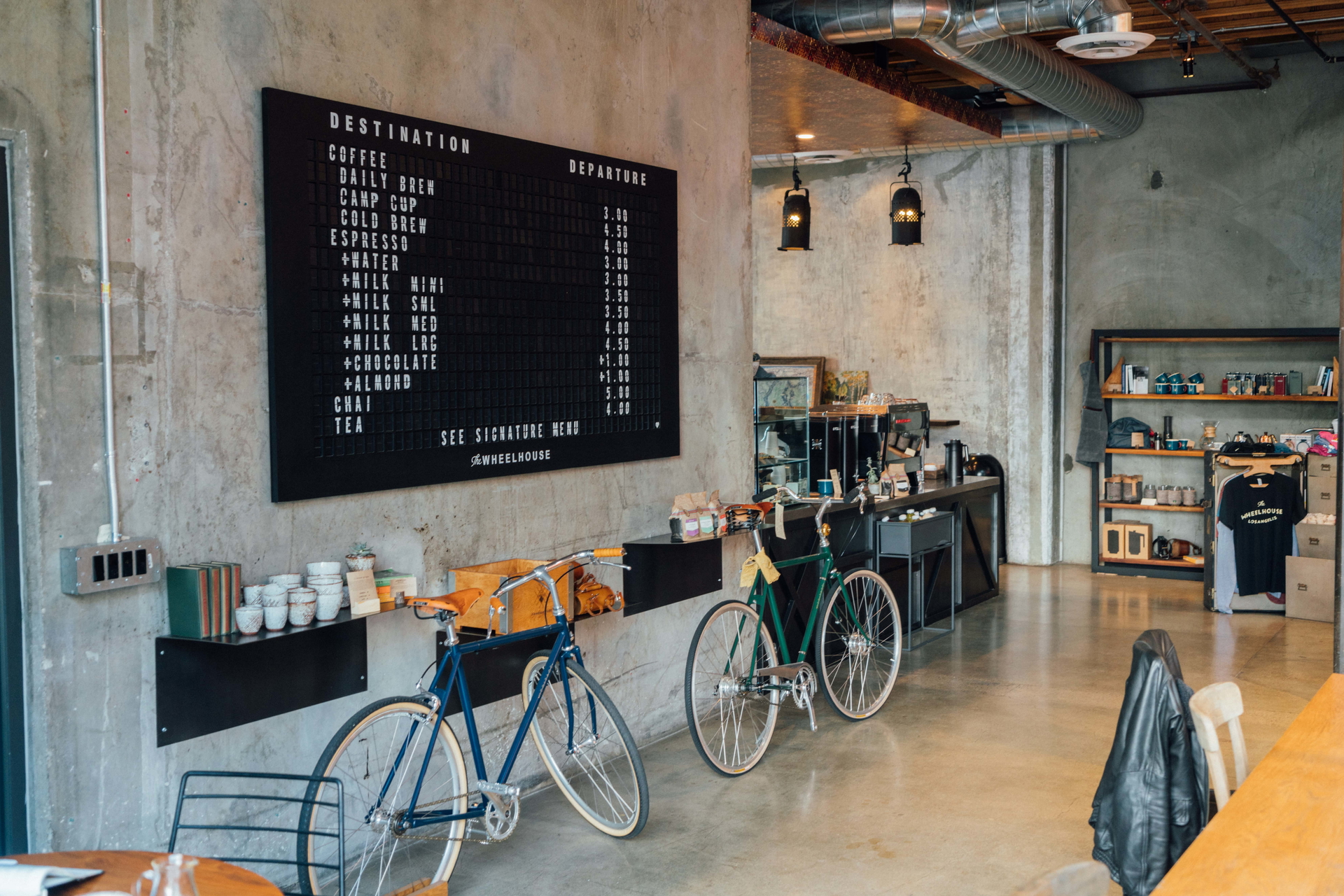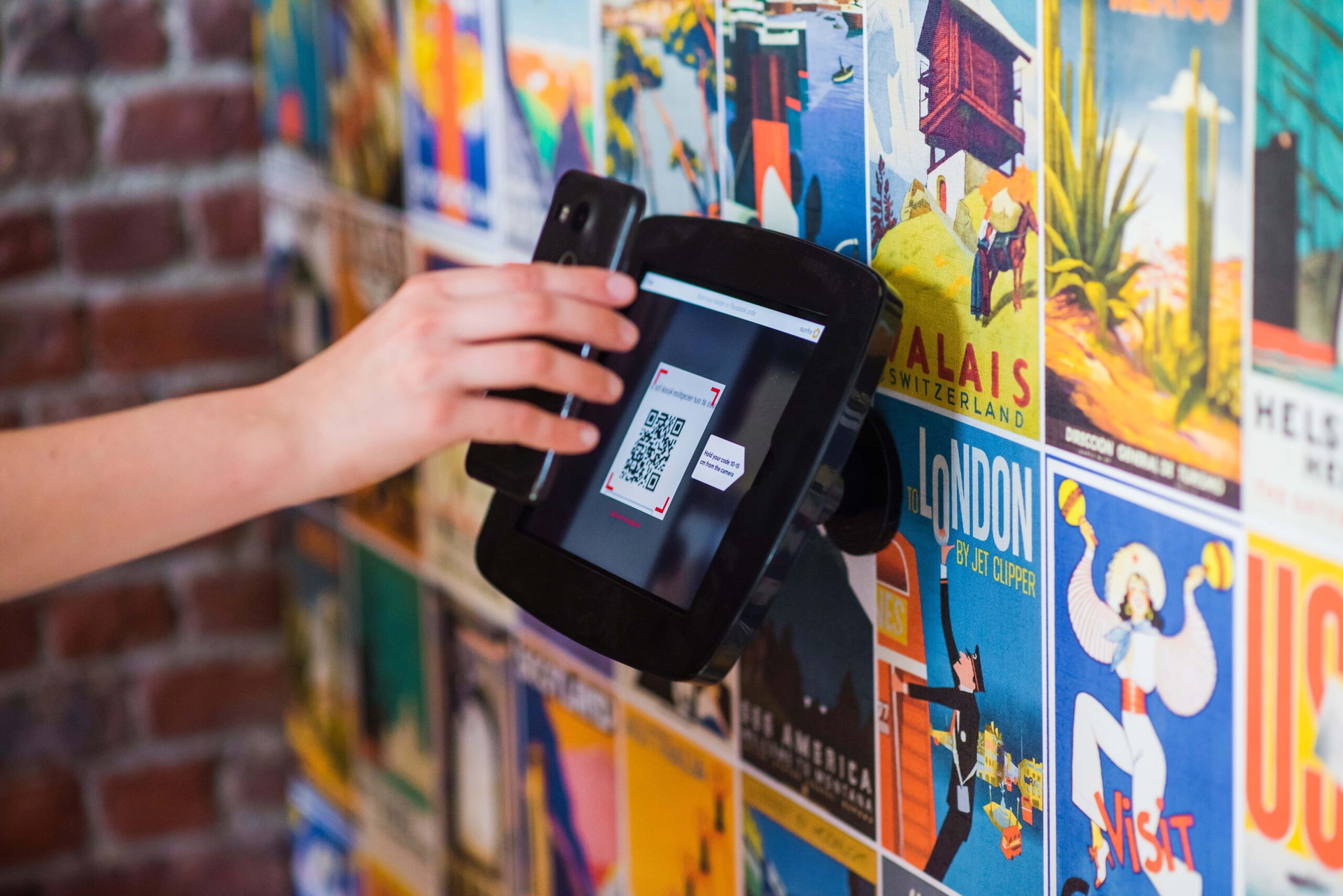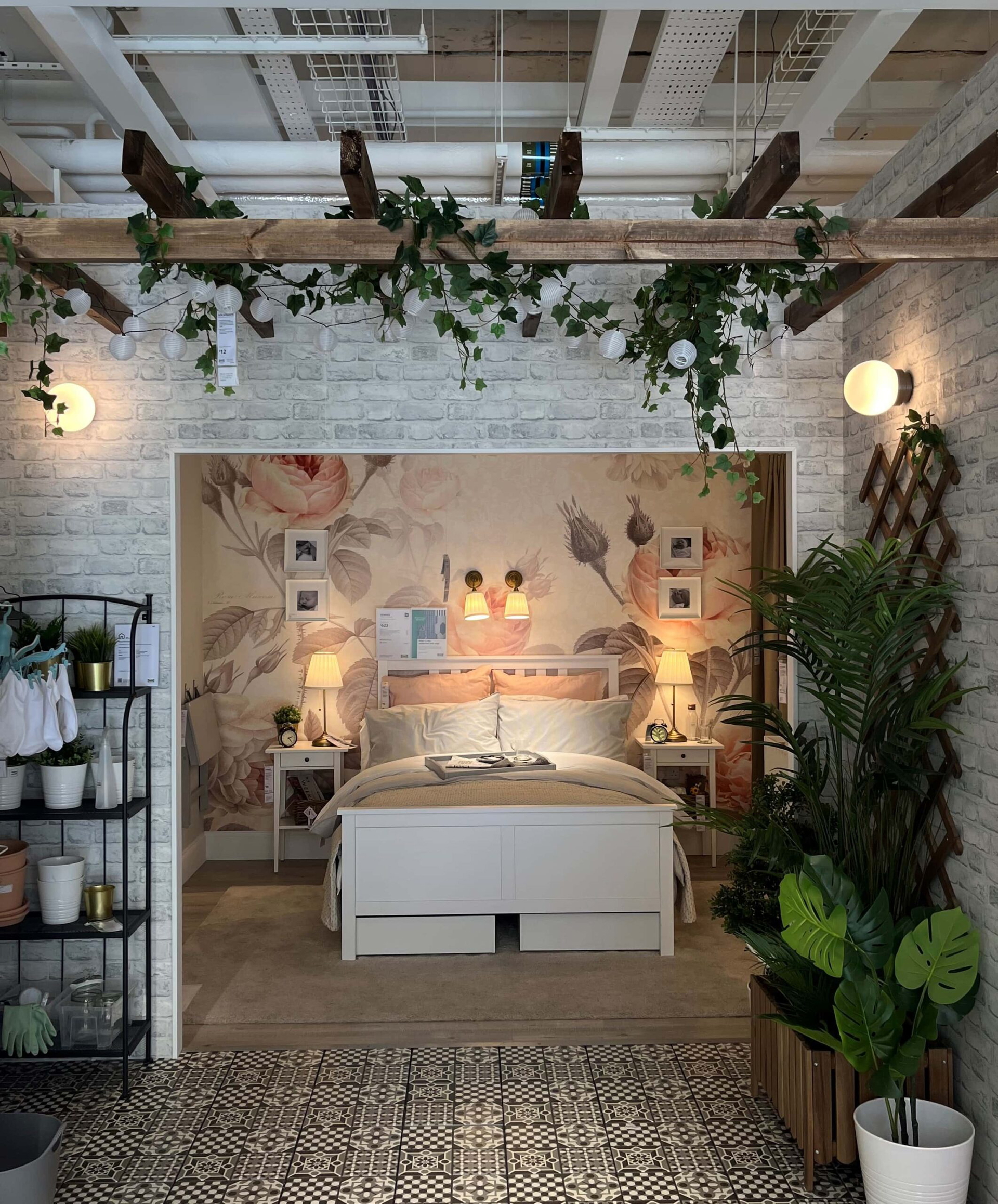#3
Consider Tech
Technology can be invaluable to creating a stellar bricks-and-mortar retail experience. Depending on the type of tech integration, it can offer a smoother customer journey, increase purchase confidence, increase your brand’s online presence, improve operations, allow you to display more without compromising on store aesthetic, and aid brand storytelling. However, a contemplative store should use tech in a considered way, especially when we consider that the role of a contemplative store is to offer a respite from our busy lives which are often exacerbated by a continual bombardment from digital media and devices. It could be argued that tech in a contemplative store should be used sparingly, and where possible, concealed within the store’s meditative design. This might be achieved by encouraging the use of a single device, such as the customer’s personal smartphone, to navigate the store’s digital features. QR codes at various touchpoints instore which might trigger digital experiences, such as AR, product recommendation quizzes, and so on, can be a great way to integrate digital within your contemplative store whilst keeping audio-visual distractions from screens to a minimum and allowing the customer to remain focused on the shopping journey.
Perhaps quite ironically, it is tech brands that seem to best understand this notion, typically delivering contemplative retail environments that are inclusive, however not overwhelmed, with the integration of technology. Tablet brand, reMarkable, for example, launched a pop-up experience in Oslo last year entitled “A Better Place To Think”. The pop-up experience was held in an environment designed to look and act like a library, complete with timber desks, leather banquets and domed reading lights. Encouraging contemplation and concentration, the brand featured its tablets on the minimalist desks in place of a library book to celebrate the tablet’s paper-like screen appearance.







